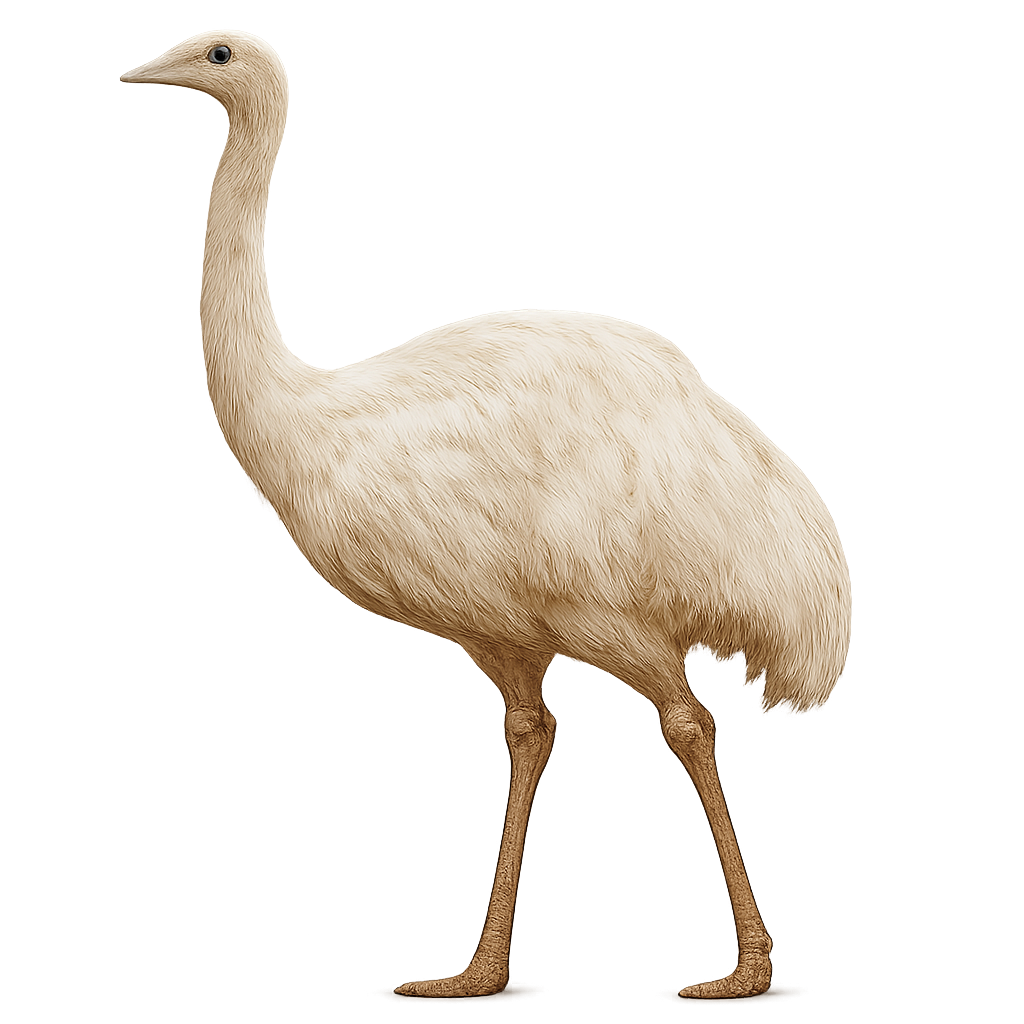Your wildlife photography guide.
Explore the greater rhea in detail, study its behavior, prepare your shots.
Where to observe and photograph the greater rhea in the wild
Learn where and when to spot the greater rhea in the wild, how to identify the species based on distinctive features, and what natural environments it inhabits. The WildlifePhotographer app offers tailored photography tips that reflect the greater rhea’s behavior, helping you capture better wildlife images. Explore the full species profile for key information including description, habitat, active periods, and approach techniques.
Greater rhea
Scientific name: Rhea americana

IUCN Status: Near Threatened
Family: RHEIDAE
Group: Birds
Sensitivity to human approach: Not shy
Minimum approach distance: 20 m
Courtship display: September to December
Incubation: 35-40 jours
Hatchings: October to January
Habitat:
Grasslands, savannas and wet grassy areas
Activity period :
Primarily active during the day, with peak activity in the morning and late afternoon.
Identification and description:
The greater rhea is a large flightless bird in the family Rheidae, standing 1.4–1.7 m tall and weighing 20–27 kg, with grey plumage and a long neck. It inhabits grasslands, savannas and wet meadows of South America, feeding on plants, seeds, insects and small vertebrates. During the breeding season, males dig shallow nests in the ground and alone incubate the 20–40 eggs laid by multiple females.
Recommended lens:
300 mm – adjust based on distance, desired framing (portrait or habitat), and approach conditions.
Photography tips:
Lay low in the grasslands at dawn or dusk, anticipate its fast running; shoot from a slight low angle with a high shutter speed to freeze its strides and use shallow depth of field to isolate the bird against the horizon.
The WildlifePhotographer App is coming soon!
Be the first to explore the best nature spots, track rutting seasons, log your observations, and observe more wildlife.
Already 1 431 wildlife lovers subscribed worldwide

